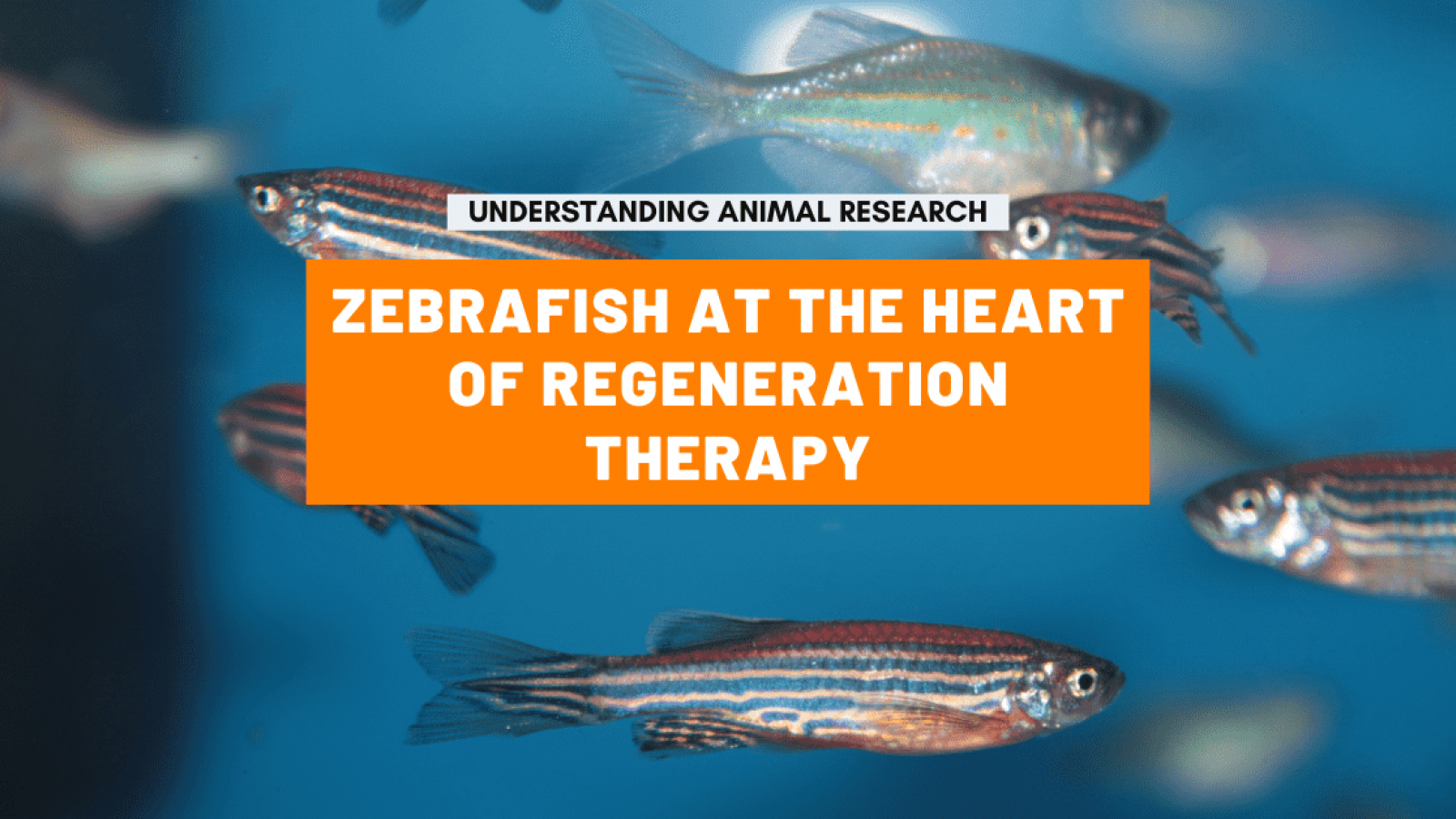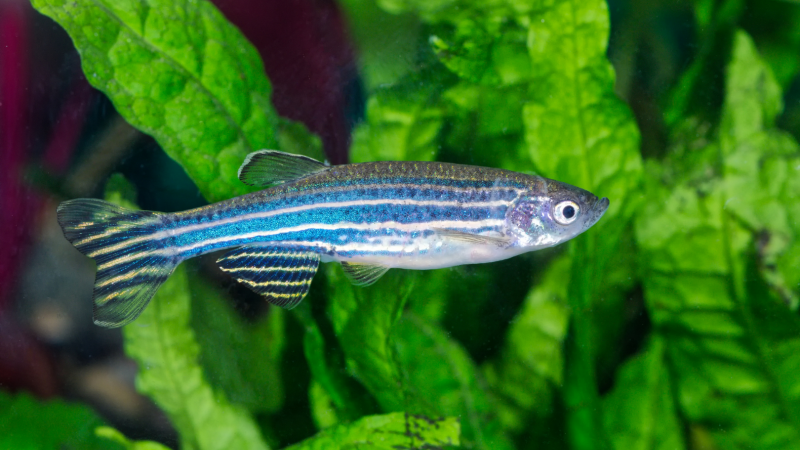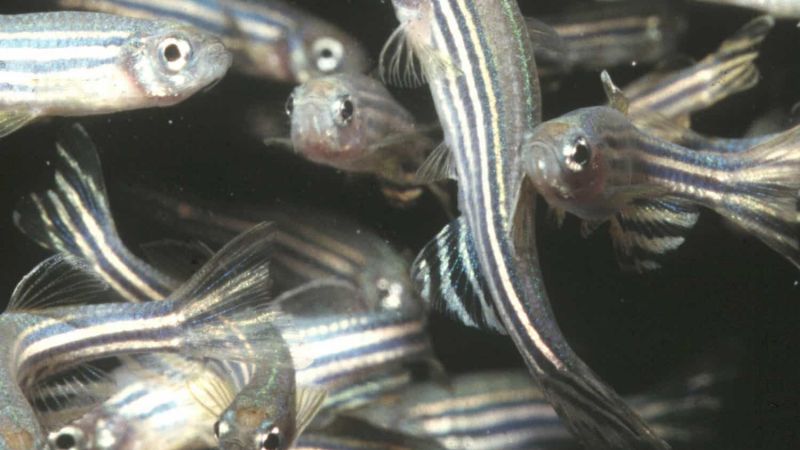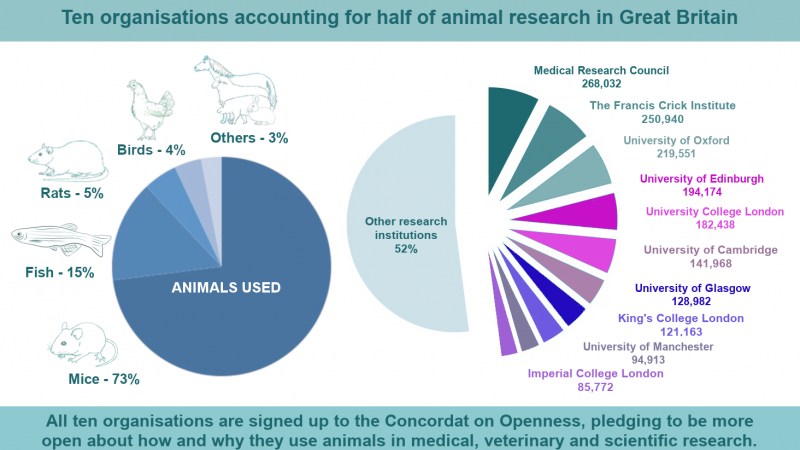Zebrafish have the most amazing superpower: they are masters of regeneration. Simply put, they can repair and rebuild tissue lost to injury or disease.
This even means that the little fish can regenerate their hearts after ventricular injury or amputation. If part of the zebrafish’s ventricle is cut off, it will completely regenerate within two months without any scarring. Remaining heart cells, called cardiomyocytes, can de-differentiate and proliferate to replace the lost cardiac tissue.
Mammals don’t have this super-ability. Human and adult mouse hearts scar permanently. The heart muscle cells are unable to divide and reconstitute new muscle so if the heart is damaged, it stays damaged.
Heart attacks and subsequent heart failure are a major contributor to mortality and morbidity worldwide so “understanding how we might prevent heart failure and the fibrotic scarring by harnessing the fish’s regenerative capacity has enormous potential,” explains Paul Riley, Professor of Regenerative Medicine at the University of Oxford.
Prof Riley's team is working on understanding how the heart develops normally to identify cell types, tissues or cellular micro-environements that could be targeted to optimise repair and regeneration in order to restore lost tissue after a heart injury in mammals. More specifically, they are trying to get a better understanding of the immune response to heart damage, the scarring and fibrosis that occurs after injury, that, in itself, prevents new cells from integrating and restoring injured areas.
The goal is to identify small molecules that might activate some important cell types or pathways, dormant in mammalian cells but active in zebrafish.
“The zebrafish is a great model because it can inherently regenerate its heart even in the presence of scarring,” adds Prof Riley.
Heart attacks cause scar formation in human and adult mouse hearts. It is a natural response to repair. Scars can be induced in fish via cryo-injury – where a frozen metal probe is held against the surface of the ventricle – but unlike mammals, they completely regenerate over time. The scar tissue usually resolves after 90 to 100 days.
“It is very important that we understand how the fish do this. We can monitor how the scar resolves and the processes involved but also the reason a scar forms in the first place,” explains Prof Riley.
It seems that the epicardium, the inner layer of the fibrous sac that surrounds the heart, is crucial for the zebrafish’s incredible potential. Without it, they do not regenerate. The epicardium provides a scaffold for new cells and supports the new coronary blood vessels that need to form to support new tissue growth. It also signals new heart muscle cells to divide.
Prof Riley and his team screened human primary patient cells to find activators of the epicardium, and demonstrated proof of principle in mice. Activating the mouse epicardium increases heart repair in the animals. Existing drugs might be repurposed in humans to also drive epicardium activation.
“The mouse is a very good genetic model for human heart attacks and helps find innovative therapeutic interventions,” comments Prof Riley. “Insights in zebrafish can find applications in mice but also help identify cellular or molecular mechanisms that can be genetically manipulated in mice at a later stage.”
Findings in zebrafish can be applied in mice before tests in humans. This reduces the number of mice used in research but also refines the experiments the mice are used for
“Zebrafish are naturally incredibly resilient, they can regenerate. After injury, they fully recover and resume normal swimming within literally minutes of the operation. Obviously we monitor them closely beyond that to make sure that there's no issues with them downstream. We are also very careful about the type of injury and the training of the individuals that carry out the procedure.”
Prof Riley concludes : “To date, there are no cell based models or any in vitro studies that can encapsulate actual organ regeneration response in a 3D-multicellular context. We do however work on human cell line when possible. The zebrafish remains indispensible to getsignificant insight into what's happeningto the organ during the process of regeneration and scar resolution. Our program takes work in zebrafish into mouse models before moving to humans. It is a really nice approach to study evolutionary conserved key pathways that could give rise to therapeutic solutions.”
Last edited: 16 December 2021 18:23




